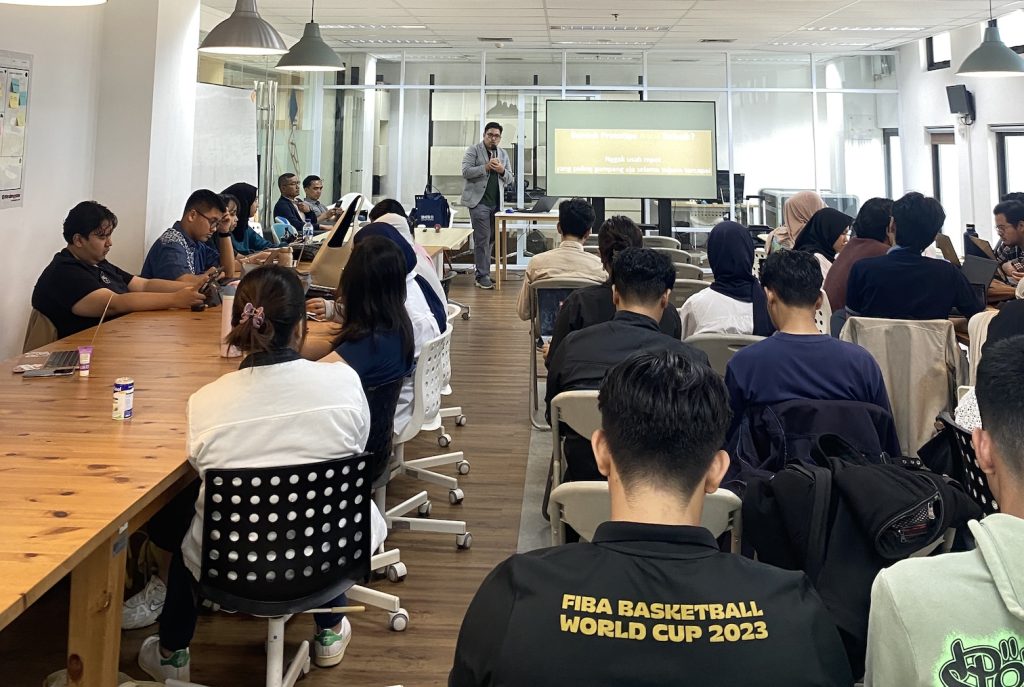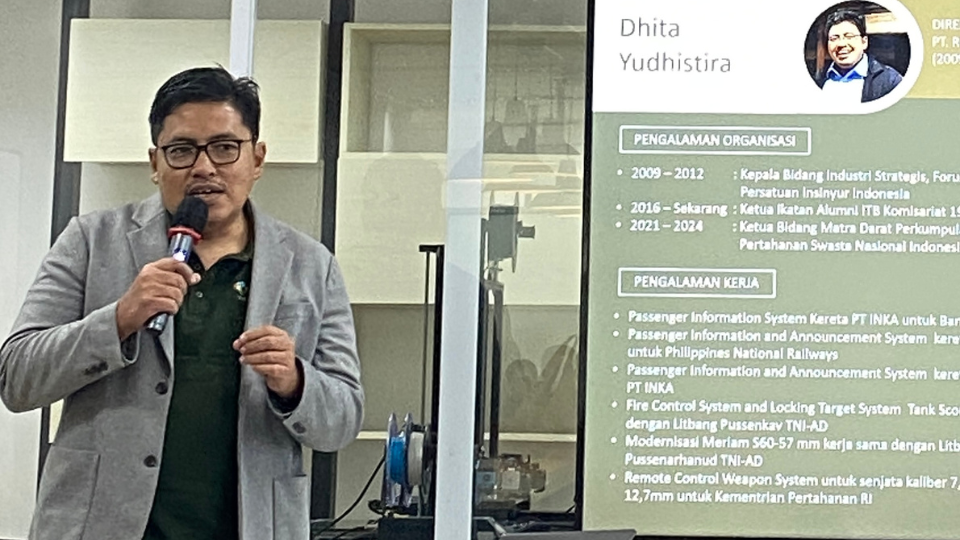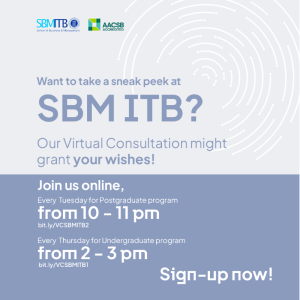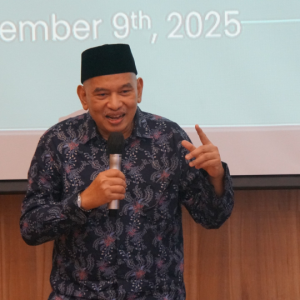The market often prefers products that are applicable and straightforward. Meanwhile, products that are too complex tend not to sell because they are difficult to understand or realize. This was revealed by the President Director of PT Respati Solusi Rekatama Dita Yudhistira in a guest lecturer session on “Strategic Prototyping in High-Risk Industries” for Entrepreneurship students at the SBM ITB, on Thursday (5/15).
Dita explained that in the business workflow, the process begins with design, proceeds to creating a prototype, and finally enters the production stage. Unfortunately, in practice, there is often an imbalance between the sales and engineering teams. Products offered to clients by the sales department cannot be realized by the technical team due to technical constraints or high production costs.
“If the goal is business, don’t develop goods that we are not sure can be sold,” she said.
She added that a good prototype must consider three key factors: consumer needs, production capabilities, and the technical achievements of the engineering team.
This guest lecture also featured Suhanto, an alumnus of the Faculty of Mechanical and Aerospace Engineering ITB who is currently active in the aviation industry and part of the Sriwijaya Group. He shared his experience of how the COVID-19 pandemic became a turning point for companies to adapt and collaborate with the government. The crisis highlighted the importance of flexibility in designing strategic prototypes that are not only visually appealing but also relevant to market needs and can be produced efficiently.
From both speakers, students learned that prototype failure can occur for various reasons, ranging from a lack of user need or interest to production challenges or even technical infeasibility. As such, the prototyping stage in design thinking requires not only creativity but also business insight and strong alignment across teams.






